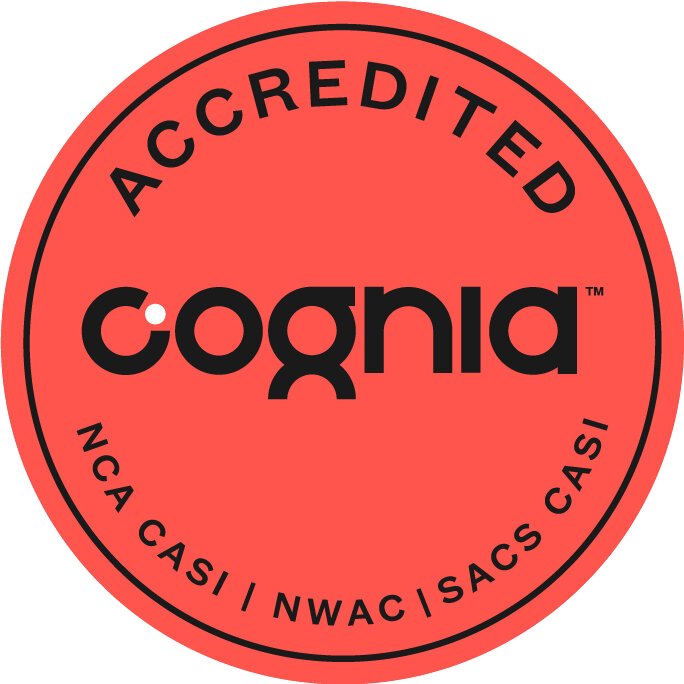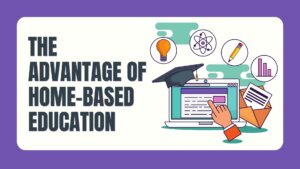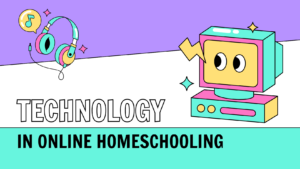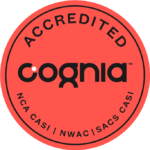Is one class enough to teach your child a second language? Most K-12 schools offer foreign language classes, but a traditional school won’t have a full immersion program. If you want to raise your child in a bilingual environment, look at what you need to know about learning, development, and foreign language instruction.
Is Bilingualism the Same as Learning a Second Language?
The answer to this question is yes — and no. Bilingualism is speaking two different languages, but this doesn’t necessarily mean that learning an additional language will automatically make your child bilingual. If this seems confusing, think about the differences in terms of use and fluency.
A child can learn a second language at school through a once-a-week program or one class period a day. This type of instruction allows the child to learn the basics. They may learn commonly used vocabulary words, pronunciation, and grammar. They may also learn about the culture the language originates from. However, it’s unlikely the child will immerse themselves in the language during these brief classes.
While this type of knowledge is beneficial, it doesn’t equal true bilingualism. Bilingual children are regularly exposed to a second language and can use both languages to converse freely. This takes the vocabulary and grammar basics a step farther into full immersion.
Can Young Children Become Bilingual?
Your child is still learning the rules of the English language, but they can still add another language into the mix. Whether a child learns to speak the second language at home, at school, or somewhere else, they can become bilingual at an early age. According to the Linguistic Society of America, not only is it possible for young children to become fluent in a second language, but it also has cognitive benefits.
Like English language development, your child will build new linguistic and communication skills in their second language. Don’t expect your child to start speaking Spanish overnight or feel competent in their fluency right away. Again, a bilingual child can use both languages to communicate effectively. You may see parallels between their English and other language development.
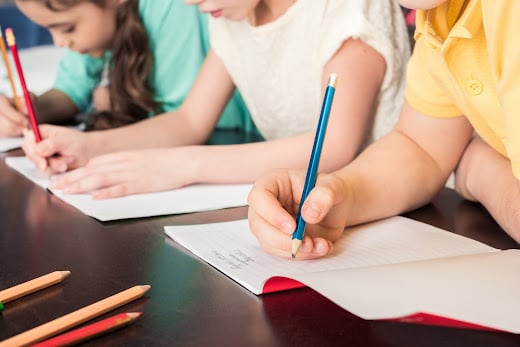
How Can a Bilingual Immersion Program Help a Young Child?
You want your child to learn another language — and not just the basics. While a few vocabulary words can help, a one-period class that’s part of a non-immersion curriculum isn’t likely to lead to bilingualism on its own. If you want to raise a bilingual child, they will need to become part of the language and the language’s culture. This requires a mixture of instruction and conversational use.
A bilingual language immersion program creates an educational environment (either in-person or online) that goes well beyond what a single course could offer. The child has a chance to live through the language and use it every day in almost every type of school situation. This allows them to hear, speak, and practice the language in real-world ways.
Which Bilingual Immersion Program Is the Right Choice?
Now that you know how an immersion program can help your child to become bilingual, the next step is to select a school. Unlike your district public school (which your child is assigned to), you have choices. Before you select an immersion program, think about what you want your child to learn and how you want them to learn a language.
An online academy is an option that provides students with real-world experience and professional instruction in a flexible way. This type of program is ideal for students who want to learn at their own pace or need the freedom to complete their education at home.
Are you ready to select an immersion program? Contact the Ideal School for more information on online options.

